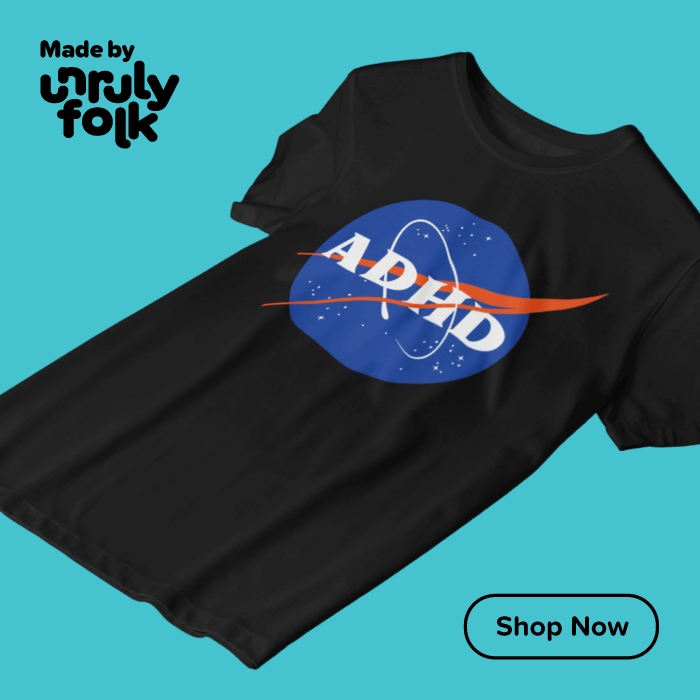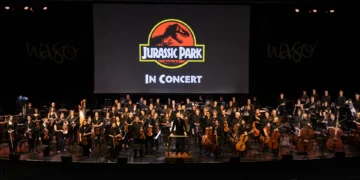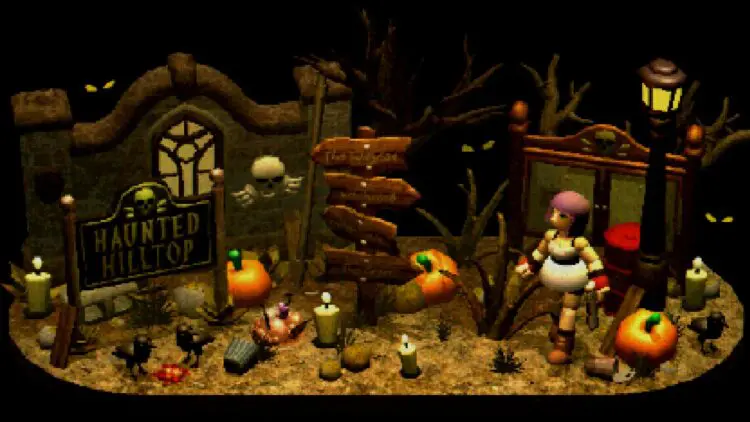We’ve been fans of SFB Games for a while now at Unruly Folk. From the fun chaos of Snipperclips to the intrigue of Tangle Tower, their games have always hit the mark. Now, they’ve taken a darker turn with Crow Country, a survival horror game that’s really grabbed players’ attention. We caught up with Creative Director Adam Vian to talk about the process of bringing this eerie adventure to the Nintendo Switch, how they built such a haunting world, and some cool behind-the-scenes stories about how the game’s characters came to life.
Hey, Adam. Thank you so much for taking the time to chat with us, and welcome back to Crow Country! With the game launching on Nintendo Switch, how does it feel to bring this adventure to a new audience? Will we get any Switch-specific treats?
Adam: We always wanted to bring Crow Country to the Switch. It’s a natural fit. Now that the game’s proven itself popular on PS5, Xbox and Steam, we’re really excited for it to expand its audience with the Switch and PS4 releases. I know a lot of people wait for the Switch version of indie games, so hopefully, that’ll do well. In terms of lining up with the broader Switch audience, Crow Country is mostly suitable for younger and less-experienced players, and the difficulty is balanced (at least outside of hard mode) to be appropriate for players trying out survival horror for the first time. If Resident Evil was before your time, but you’ve always been curious… I’d suggest giving Crow Country a go!
As for Switch-specific treats, other than benefits inherent to the Switch hardware – not really, no! It’s the exact same game.
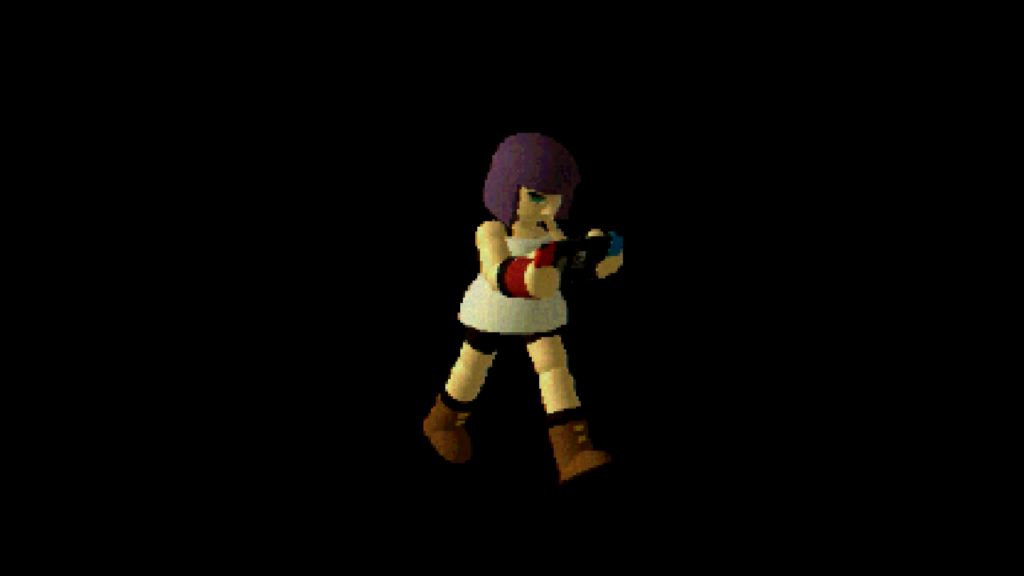
People are calling Crow Country the “best horror game of the year.” With such high praise, did that recognition bring any additional pressure while working on the Switch and PS4 versions? How do you handle that as a team?
Adam: The positive reception to Crow Country since release has definitely motivated us to get the Switch and PS4 versions ready and to make sure we did a good job with them – as there’s a small chance they could end up being played by a lot of people. We really wanted to hit Halloween this year, and I’m very glad we’ve been able to do so – even if it means sharing October with all the other horror games.
It was exciting to hear it back in May, but as the year goes on, to hear of anyone still saying Crow Country is their game of the year, or even horror game of the year, is very flattering indeed. This year has been stacked with really excellent stuff – personally, I’m really struggling to find time to play everything.
What were some of your favourite retro games that influenced the look and feel of Crow Country? Are there any hidden gems we should know about?
Adam: It’s just kind of a general muddle of PS1-era stuff. It goes without saying that the two biggest influences were Resident Evil (1-3) and Silent Hill (1-3). Another big influence, which plenty of people have picked up on, is Final Fantasy VII. Particularly the way the simple blocky characters look on top of the more detailed backgrounds and the way interior spaces float in a black void.
As for other games – Parasite Eve 2 is one of my favourites, possibly my favourite non-Resident Evil/non-Silent Hill survival horror game. I’m also a big fan of Koudelka, Haunting Ground, and Rule of Rose. I imagine they all influenced Crow Country in some subconscious way.
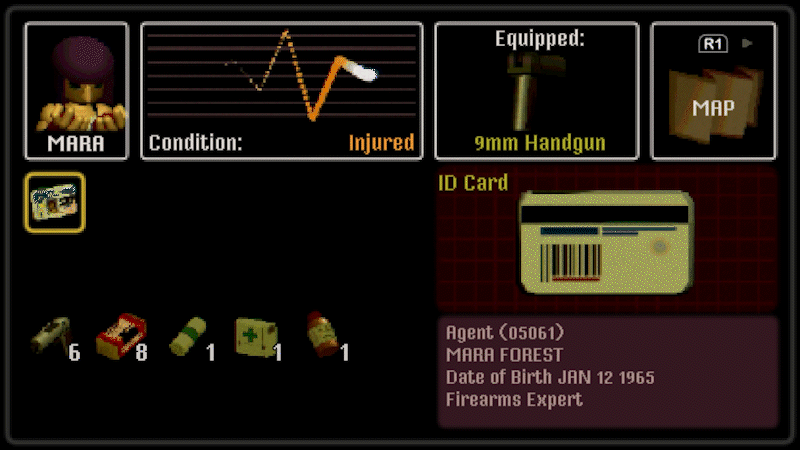
Can you share how the creative process shaped the characters, particularly Mara Forest? Were there any significant changes in her development from the early concepts to the final version we see now?
Adam: I started building the mechanics for a horror game before I had any kind of story at all. Mara started out as a generic survival horror woman protagonist, and she naturally developed over time as I wrote the story. In an earlier version of the story, Mara was a bit older and she had a younger sister that the story focused around. Eventually, I got rid of the younger sister and just put Mara herself in that role. The last character I added was Harrison James, which is funny to admit because he’s my favourite character now, and I can’t imagine the story without him or his pink bicycle. During development, I just kept thinking, ‘Oh, it’d be fun if the actual police detective guy shows up… maybe I should do that…’. Arthur Mole originally had a larger role in the finale, recklessly driving Mara’s car into the park to save her from a boss. That got cut. Marvin Trumble originally had a broken arm – he had his arm in a sling. I don’t remember why. Eventually, that got swapped out for the sports bag he carries around, which is implied to be housing his handgun.
Given the game’s focus on puzzles, what was your process for crafting them? Were there any notably challenging ones that went through many iterations before landing in the final version?
Adam: For a long time, you couldn’t play the arcade games in the arcade. The puzzle in there still required turning the machines on, but then you just had to read the names saved on the high-score lists. Boring. I’m glad I eventually gave in and made all the games playable. The 1990-specific Mermaid Quiz is in there is one of my favourite puzzles in the game, I remember asking on Twitter for people to suggest examples of things they’d been taught at school that had since become outdated or been proven wrong.
The dig site used to be a fairy-themed wishing well. You had to turn the crank to hoist up the bucket, which had a pile of flesh in it. Then, you’d need to use a flamethrower to burn the flesh until only the Woeful Mask remained. I decided to harness that area for additional environmental storytelling, which is how it became the dig site with the crane.
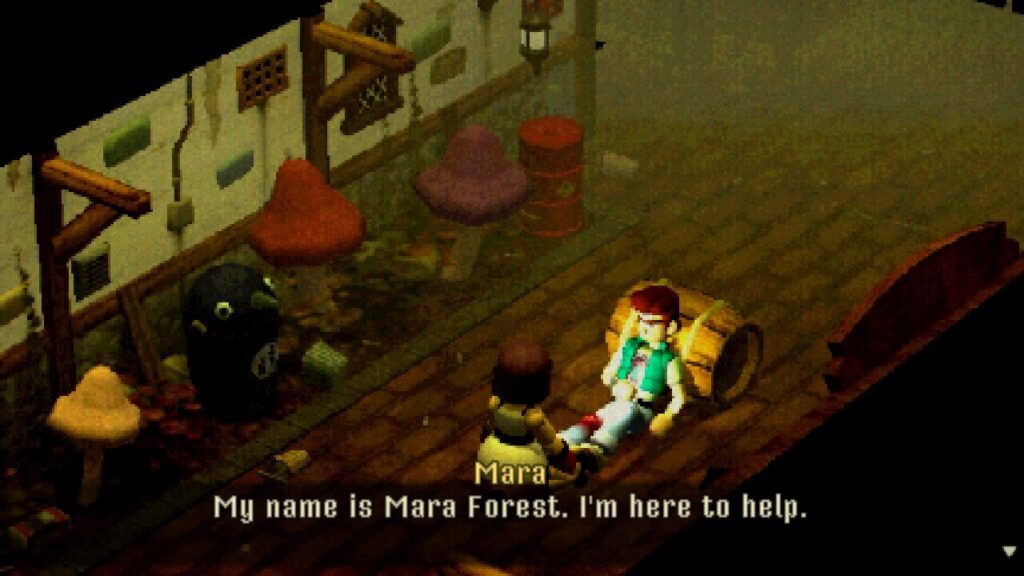
Japanese localisation is rolling out across all platforms. Were there any interesting challenges or surprises in adapting the game for a Japanese audience? How about any cultural differences in how horror is received or appreciated?
Adam: The Japanese localisation was handled by Kakehashi Games, so you’d have to ask them! There were a few special considerations, like the presentation of the compass puzzle in the crypt, which references the cardinal directions.
We have to ask about the theme park! Is there a ride or attraction from your own experiences that influenced the setting of Crow Country? Maybe a place that gave you the creeps as a kid?
Adam: I grew up in South East England, and we went to Disneyland Paris (aka Eurodisney) many times. I was always fascinated by It’s a Small World and Pirates of the Caribbean. In particular, I always felt a desire to get off the boat and explore behind the animatronics, go through all the ‘staff only’ doors, and so on. Building a game in which you’re free to wander around a theme park by yourself was some kind of personal wish fulfilment, really.
I was also inspired by watching urban exploring videos on YouTube – particularly exploration of abandoned theme parks. The most famous is probably Nara Dreamland in Japan. Look it up!
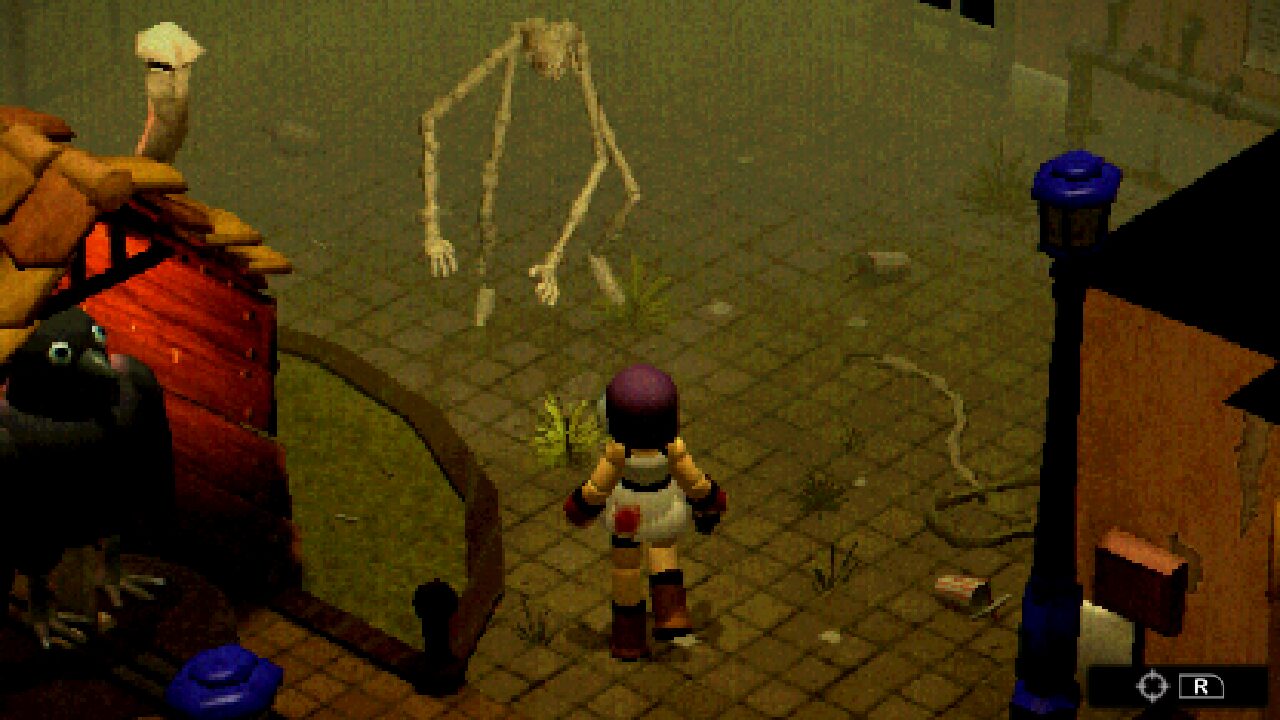
Accessibility is so important in gaming. Crow Country’s Exploration Mode was a fantastic addition for players who want to experience the story without the stress of combat. Were there any other accessibility or diversity-focused features you considered during development or would like to add in the future?
Adam: Exploration Mode was inspired by a Tweet I’d read where someone was asking if there was a mod to remove the monsters from Silent Hill because they loved ‘being there’ but didn’t want to worry about shooting things. That really lodged itself in my brain, I guess.
Other accessibility features would just be the handful of control options, I suppose. I added R2 as an additional button you could hold to run because I always want to rotate the camera while running, but if you have to hold a face button to run, your thumb isn’t free to move the right stick.
When you’re deep in developing something as unsettling as Crow Country, what do you personally do to “de-horrorify” yourself? Any wholesome or lighthearted rituals the team has to escape a darker headspace after hours?
Adam: Just going outside and talking to other human beings normally does the trick. Although personally, I find horror stuff very relaxing, I’m quite at home in that world. A lot of the music I choose to listen to is very sombre and melancholy. That said, I do now feel a yearning to work on a brighter, more colourful, more light-hearted game. It’s been a while since Snipperclips.
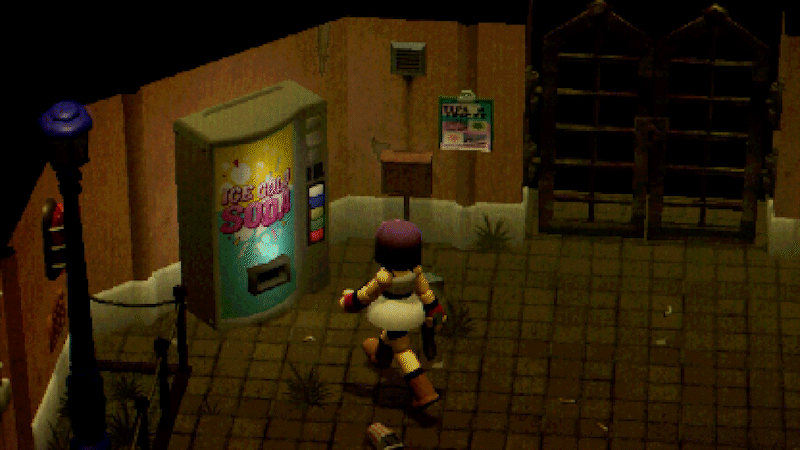
Did you ever create something during the development of the game that was just “too much” to keep in the final version? Can we expect any ‘deleted scenes’ in future updates?
Adam: There were a handful of monsters that I made that didn’t make it into the game – but mostly that was just because they didn’t feel right, or they were boring, or their mechanics didn’t work very well.
There was one story element I wrote into the game, it was pretty dark… I eventually removed it because it felt like it had nothing to do with the main plot, and it was distracting. I won’t elaborate, but it was something to do with how Ophelia drowned. If you know who that is, well done, you’re very thorough.
If the characters from ‘Crow Country’ were cast in a movie of your choice. Which film would you pick, and how do you envision their journey in that cinematic universe?
Adam: Wait, so – it’s not a Crow Country movie, but the characters from Crow Country in a different movie? Okay. It’d be Ghost World, with Mara as Enid and Natalie as Rebecca.
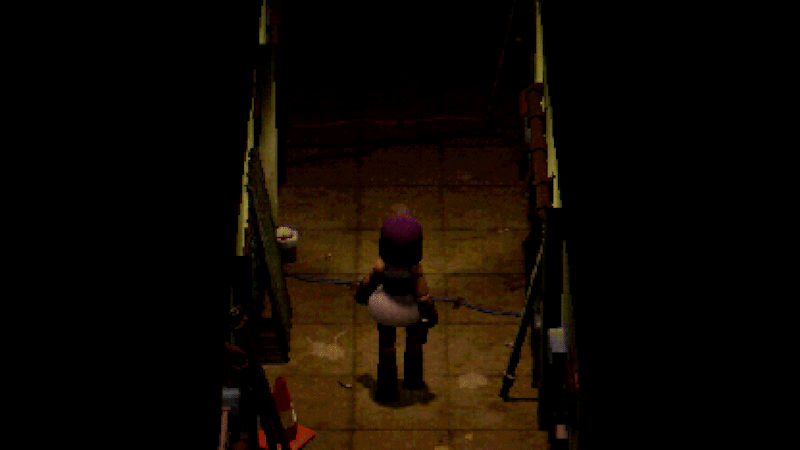
As a game studio, you’ve taken some pretty creative leaps from Snipperclips to Tangle Tower and now Crow Country. What motivates you to experiment with such different genres, and what’s on your game dev bucket list?
Adam: We just want to make fun games. In my free time, I play all kinds of games – new, old, good, bad, famous, obscure – all of it. So I’ve got a very wide net of influences. And yeah, there’s a handful of other genres we’d love to hit. The big one would be a music game. Tom and I are big Parappa the Rapper fans – and in particular, its pseudo-sequel Um Jammer Lammy. To this day, I don’t think anyone’s made a music game that even comes close to what that game was doing. I’m not sure anyone’s even tried!
I also want to make games that don’t fit into any genre.
D’you reckon you’ll revisit and continue any of your older works down the line?
Adam: Well, we’re making the sequel to Tangle Tower, it’s called The Mermaid Mask. Keep an eye out for that one, there’s a demo on steam already. Besides that, I’ve always thought we could make a new Haunt the House game – now that we know a lot more about game design.
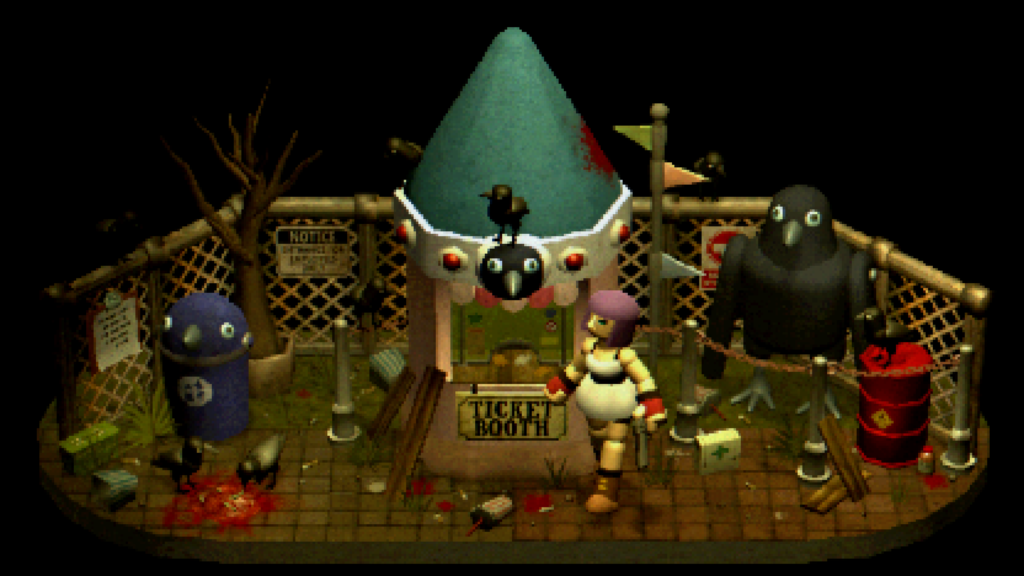
Crows have always been a fascinating symbol in horror. But if you could pick a completely different animal to embody the essence of Crow Country, what would it be and why?
Adam: The worms and woodlice you find when you lift up a rock. That’s kind of what Mara does during the game.
Is there something that you’re most excited for players to discover, especially those playing for the first time?
Adam: The music! There’s so much of it, and it’s all so beautiful. The save theme, Harrison’s theme, the music that plays when you climb down that big ladder… Ockeroid’s soundtrack is a big, big part of what makes Crow Country work.
What’s one aspect that you’re most proud of that you feel hasn’t gotten enough attention yet?
Adam: See my previous answer, because I’d say the music.
Only By Midnight asks:
Do you have a motto or a guiding principle that helps you make decisions? What is it?
Adam: I often try to ask myself – am I wasting the player’s time? Could this be done in a more direct way? Could this be done without taking control away from the player? Could this be done with the existing mechanics that the player is already familiar with instead of introducing new ones?
SFB Games asks:
Adam: What do you think are the qualities that make a game endlessly replayable? There are some games people want to re-play every year – why?
Crow Country arrives on the Nintendo Switch tomorrow, October 16th 2024. Available now on PS4, PS5, Xbox Series X/S, or PC.





